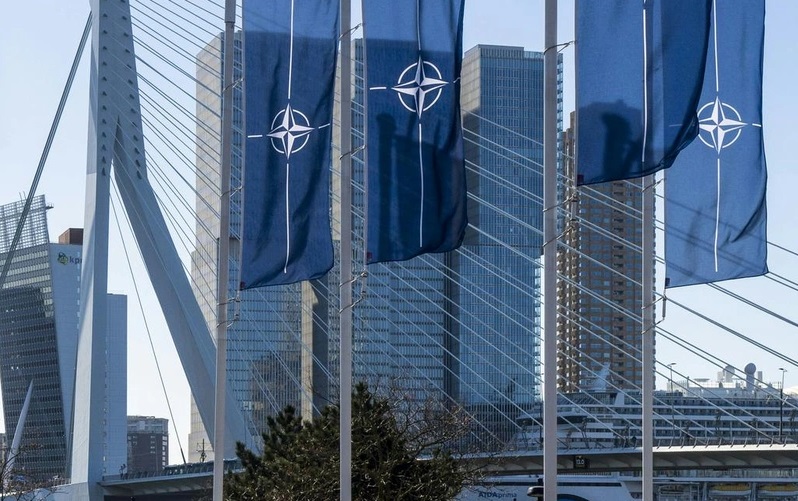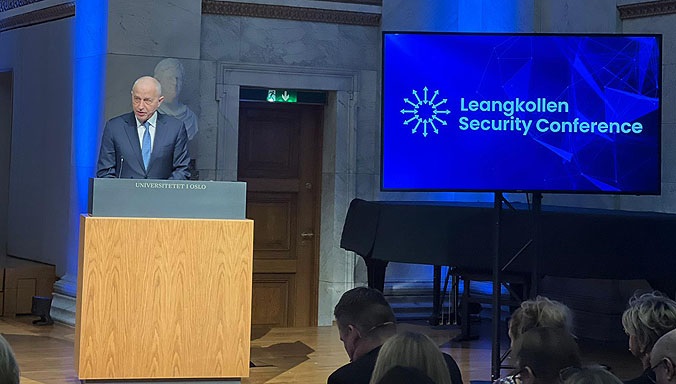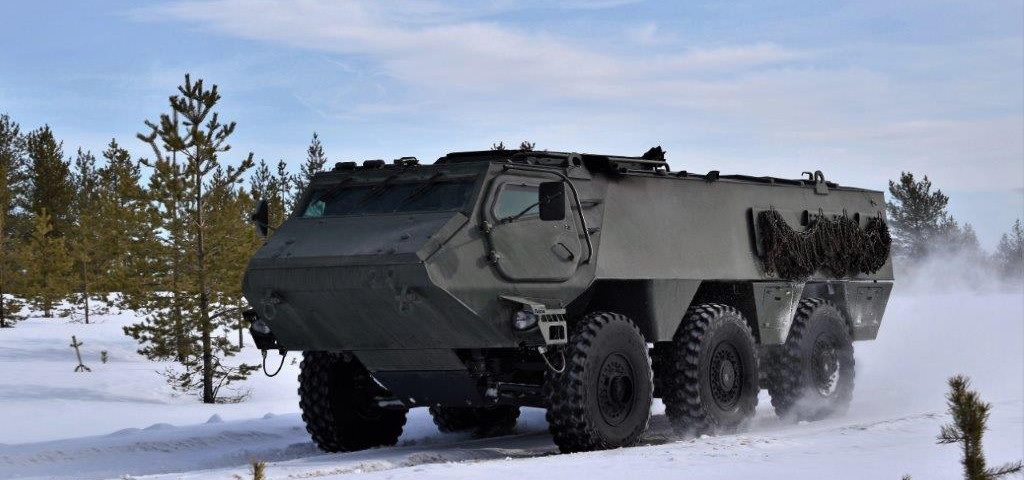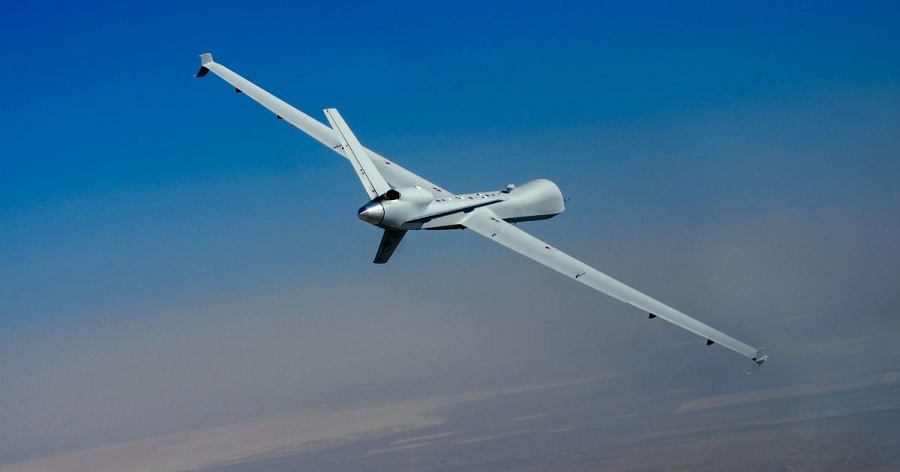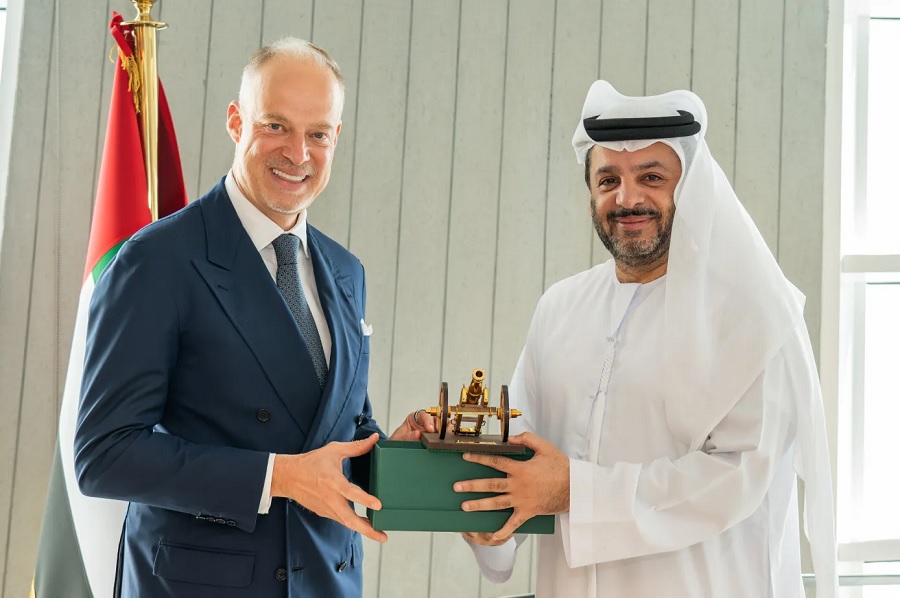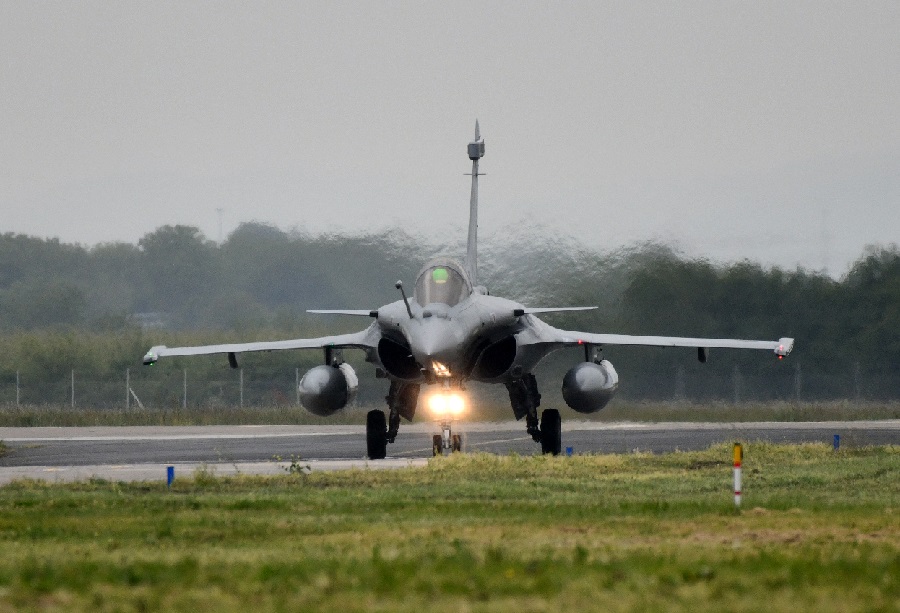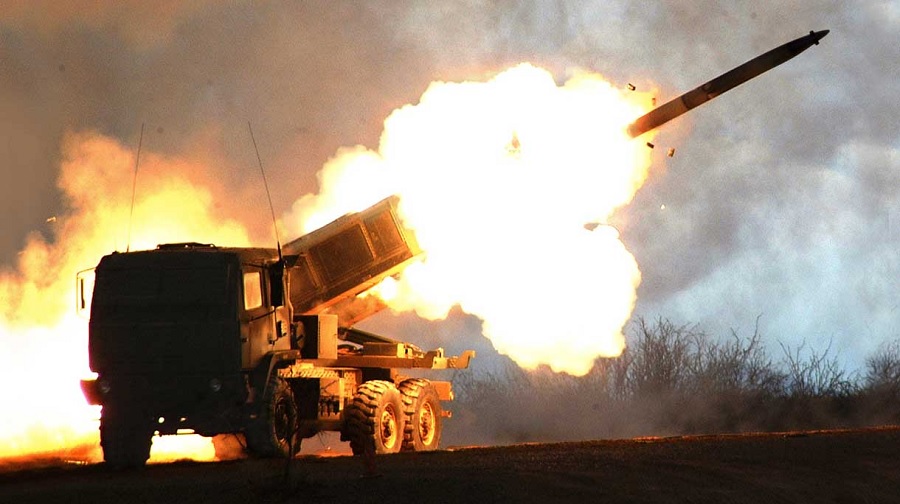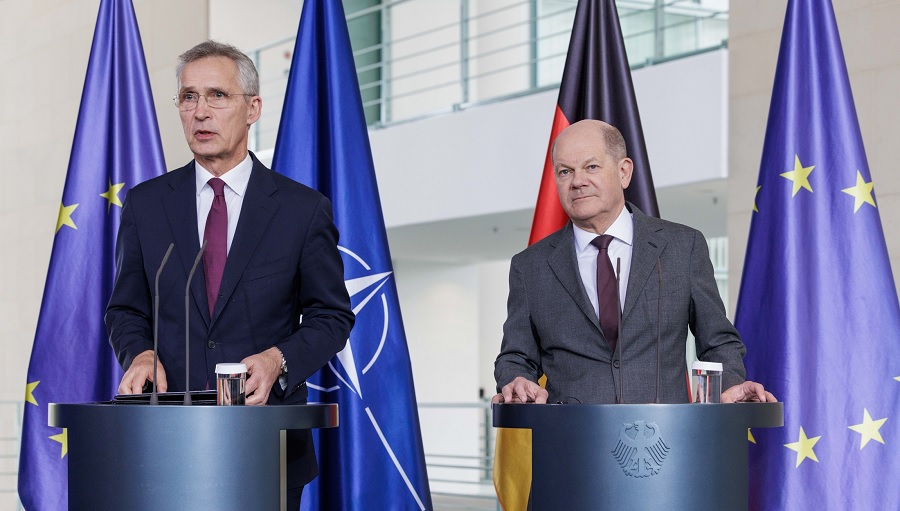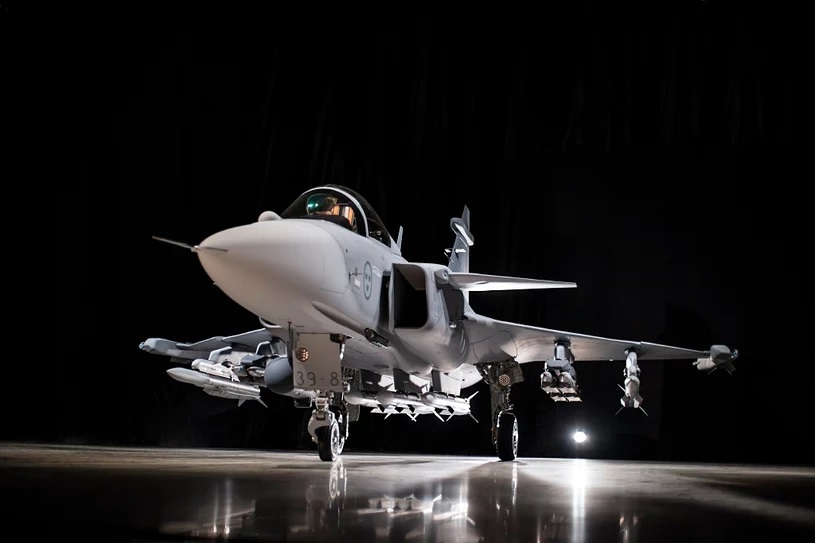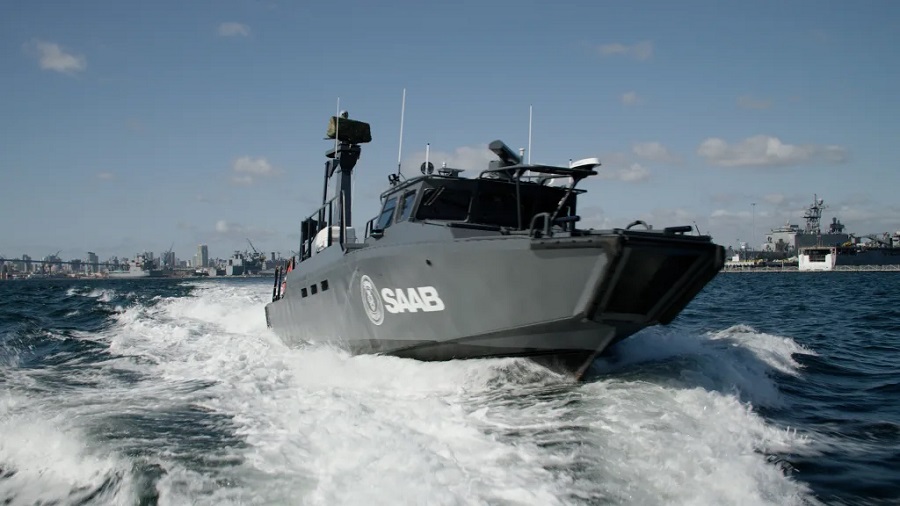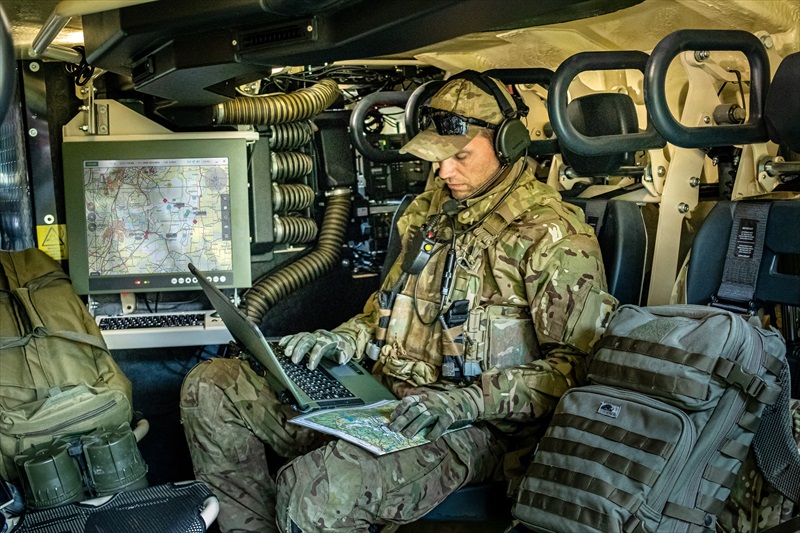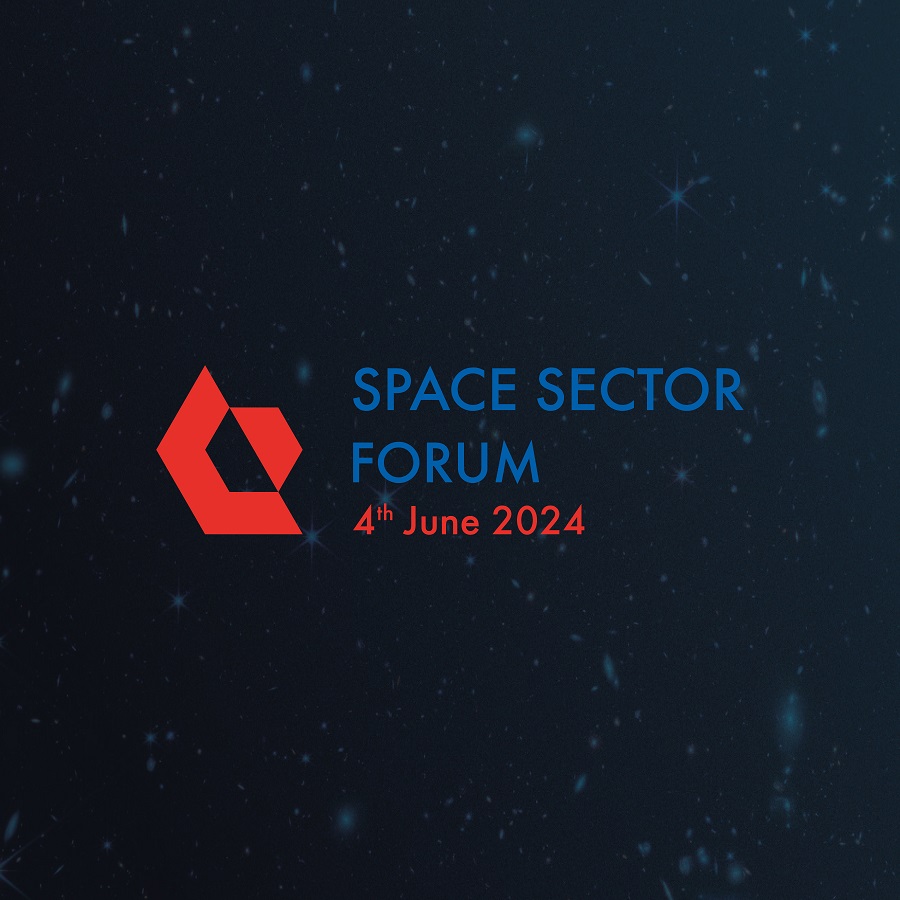EDTs are those innovations most likely to bring radical change in our current perspectives on geopolitics and replace existing solutions, concepts and “conduct of defence affairs”.
NATO first drafted a EDTs Implementation Roadmap in 2019, then a common strategy in 2021, in order to foster modern technologies and improve both decision-making and interoperability within the Alliance. The “Foster and Protect” NATO strategy focuses on 9 main priorities such as artificial intelligence (AI), autonomy or space. A cooperation between the public, private and academic sectors called triple helix supports these innovations.
In June 2023, the Defence Innovation Accelerator for the North Atlantic (DIANA) programme launched its competitive call for proposals. Through the three one-year pilot challenges, NATO aims at building a stronger innovation policy within the Alliance, in particular regarding EDTs.
In this article, C&V Consulting highlights the initiatives launched by NATO at the Brussels Summit in 2021 as part of NATO 2030, namely DIANA and the NATO Innovation Fund (NIF).
The Defence Innovation Accelerator for the North Atlantic (DIANA) : an accelerator programme for rapid dual-use solutions
On one hand, DIANA is a joint funding accelerator programme that seeks to identify critical dual-use (civilian and defence) challenges and quick solutions. Cutting-edge companies – most of them early-stage start-ups or SMEs – wishing to answer these needs are most likely to have solutions at TRL 4 or above. The 2023 DIANA’s Pilot Challenges focus on 1) energy resilience, 2) secure information sharing, 3) sensing and surveillance. The call for proposals closes the 25th of August.
The selected companies (30 start-ups) will receive 100 000 € in the first phase, and 300 000 € in the second one (3 to 6 start-ups). They will have access to the ressources of a network of accelerators and test centers across the Alliance. Additionally, companies will have the possibility to be monitored by end-users, scientists or even industry experts. Ultimately, DIANA provides possibilities to market both with NATO and Allies.
The NATO Innovation Fund : the world’s first multi-sovereign venture capital fund
On the other hand, the NIF is a 1 billion € multi-sovereign (23 countries) venture capital fund. It will provide 15 year-investment contracts for start-ups developing dual-use EDTs in critical aeras. It will focus on early-stage investments, providing risk capital directly into these start-ups. It will also be possible to invest in other high-end deep-tech funds that would sustain the same goals : finding solutions to the current technological challenges the Alliance is facing, reinforcing the deep-tech sector of Allies and backing the commercial succes of selected start-ups.
In brief, the most promising innovations developed through DIANA could for example attract venture capital investment from the NIF. Other recent NATO initiatives on innovation include a Review Board on Data and Artificial Intelligence, a Board on Innovation or an Advisory Group on EDTs, etc.
Emerging and disruptive technologies : a close cooperation between NATO and the EU
As common interest, NATO and EU are also cooperating closely on EDTs. Indeed, EDTs are part of the 74 proposals endorsed to expand the complementarity between EU and NATO in 2016 and 2017. The respective Councils agreed on cultivating “mutual awarness on policy developments and initiatives” and “identifying possible synergies”. Thus, the NATO and European initiatives such as the European Defence Fund jointly aim at helping capability development and adressing a “fragmented defence industry”.
On the other hand, all these initiatives are a real opportunity for companies as they offer access to a double market : civilian and military. They foster risk-taking and truly consider both the compulsory slow development process of EDTs and the inclusion of end-users.
Ultimately, if both NATO and EU have clear intentions to cooperate with the private sector, this progress must be accompanied by a “responsible” use of EDTs as well as the creation of ethical norms regarding their use. In other words, these new innovations must respect the common values of both NATO and EU and implement a transparent ethical framework.
This article was originally published on the C&V Consulting website.


